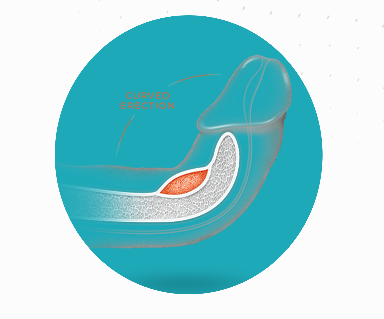
Peyronie’s disease
Peyronie's disease is a noncancerous disorder caused by fibrous scar tissue on the penis that causes twisted, painful erections. Penises vary in shape and size, and having a curved erection isn't necessarily a cause for concern. Yet, in some individuals, Peyronie's illness creates a substantial bend or pain.
Signs and symptoms of Peyronie's disease might occur suddenly or gradually. The common signs and symptoms include:
- Scar tissue.
- A significant bend to the penis.
- Erection problems.
- Shortening of the penis.
- Pain.
- Other penile deformity.
Tests for underlying conditions might include:
- Physical exam.
- Blood tests.
- Urine tests (urinalysis).
- Ultrasound.
Treatment
Treatment recommendations for Peyronie's disease are based on how long you've had symptoms.
- Acute phase. The acute phase happens early in the disease and may last only two to four weeks but sometimes lasts for up to a year or longer.
- Chronic phase. The chronic phase happens later in the disease and generally occurs around three to 12 months after symptoms begin.
Many potential treatments are available for the chronic phase of the condition.
- Medications: Injection medications may also be used in combination with oral drugs or traction therapies.
- Traction therapy: In the early stages of Peyronie's disease, traction therapy is advised. It is the only treatment that has been proved to increase penile length. Traction therapy may also be utilised in the chronic phase of the disease, in conjunction with other treatments or following surgery, to improve the outcome.
- Surgery
Common surgical methods include:
- Suturing (plicating) the unaffected side.
- Incision or excision and grafting.
- Penile implants.
Make an appointment right away for consultation on issues related to sexology.
Call With Doctor